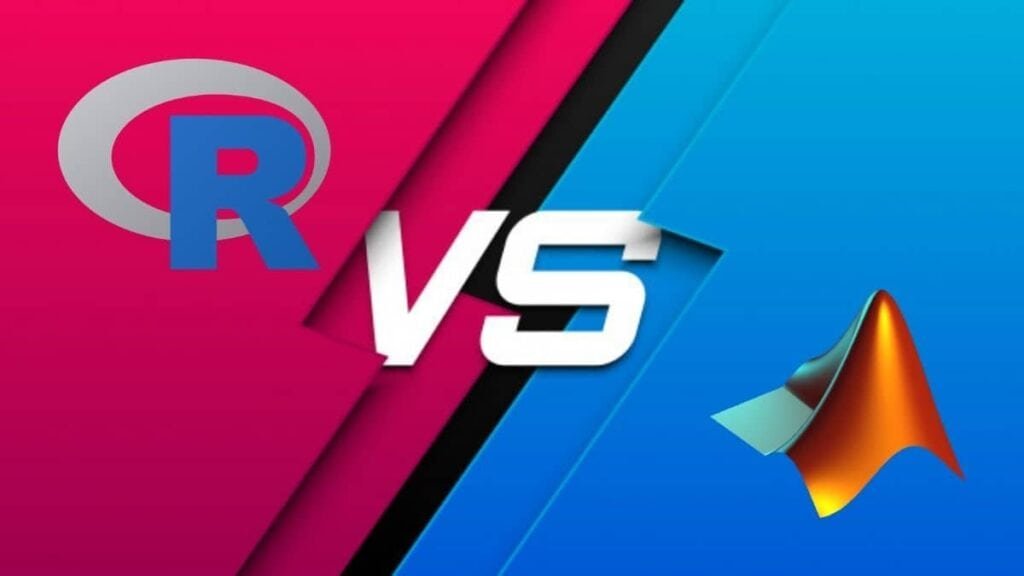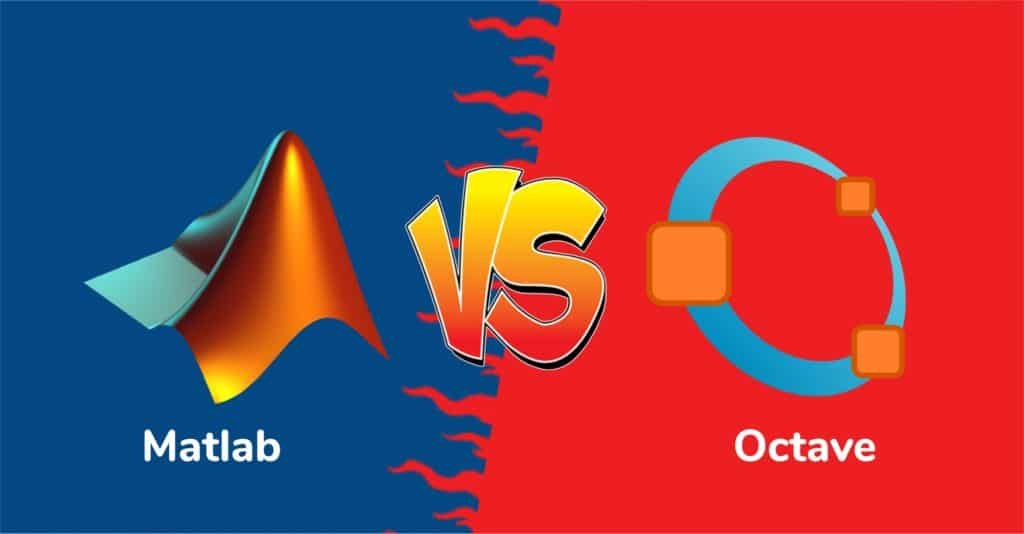Selecting a framework is very important for deep learning and data analysis — especially because many deep learning frameworks are still either new or changing rapidly. Recently, PyTorch has become one of the most usable frameworks among researchers and practitioners due to its flexibility, easy design, and functionality. This guide explains how you can use PyTorch for deep learning and data analysis and gives you everything you need to know to get the most out of PyTorch.
Introduction to PyTorch
Table of Contents
PyTorch is a free and open-source deep learning framework created by Facebook’s AI Research lab. Offering a highly flexible and intuitive platform to build and train neural networks, this is why both novices and professional data scientists very love it. Dynamic computation graphs set it apart from its users, whereas integration with Python programming makes it a unique experience in developing deep learning models.
Why Choose PyTorch for Deep Learning?
Several factors contribute to PyTorch’s popularity in the deep learning community:
- Dynamic Computation Graphs: In contrast to static computation graphs, which we used in some frameworks, PyTorch dynamic graphs enable us to change how the neural network behaves using ease of debugging and experimentation.
- Pythonic: The very nature of PyTorch design is built very close to Python, less challenging for Python developers to learn and easy to use code.
- Rich Developer Community: The larger the community behind a framework, the more resources, tutorials, forums, and general assistance for developers to use to troubleshoot and stay abreast with new techniques.
- Rich Ecosystem: PyTorch has a large and growing ecosystem of libraries (e.g., TorchVision for image processing, TorchText for NLP, and TorchAudio for audio processing, etc.) that provide standard datasets and pre-trained models, so you can shortcut your process by leveraging those building blocks to reduce the hand–-waving–-time (the process that comes before the science) across different domains.
Getting Started with PyTorch
Embarking on your PyTorch journey involves a few essential steps:
Installation
PyTorch is available for installation via some package managers such as pip or conda. You have to choose the right one that suits your hardware and software configurations For the installation guide, please refer to the official PyTorch website.
Understanding Tensors
The primary building blocks of the most important library structure in PyTorch are tensors- multi-dimensional arrays. On the same model, they are like NumPy array but always with the feature of GPU acceleration to make computation more efficient.
Utilizing GPU Acceleration
Seamless GPU Integration: One of the main advantages of PyTorch is it allows you to run your work on GPU without any hassle. Transferring tensors and models → Using GPU can yield substantial performance relatively for large-scale neural networks.
Building Neural Networks with PyTorch
Constructing neural networks in PyTorch is both straightforward and flexible, thanks to its modular design.
Defining a Neural Network
In PyTorch, neural networks are defined by subclassing torch.nn.Module and specifying the network’s layers and forward pass.
Training the Model
Training involves defining a loss function and an optimizer, followed by iterating over the dataset to adjust the model’s parameters.
This process is repeated for a specified number of epochs or until the model achieves satisfactory performance.
Data Analysis Using PyTorch
Beyond deep learning, PyTorch is a powerful tool for data analysis tasks.
Loading and Preprocessing Data
PyTorch provides utilities like Dataset and DataLoader to streamline data loading and preprocessing.
Performing Data Analysis
With data loaded, you can perform various analysis tasks, such as statistical computations, visualizations, or feeding the data into machine learning models.
PyTorch’s tensor operations facilitate efficient and straightforward data analysis workflows.
Conclusion
PyTorch: A Brief Overview PyTorch is an open-source deep learning framework that offers maximum flexibility and speed in building and training neural networks. The dynamic computation graphs, the powerful community support, and the native implementation of GPUs make it a convenient framework to pick for researchers and developers. With all the features, you can build, train, and analyze more complex models with ease. PyTorch Features Consistent and Efficient Numpy 1.1 Part-1 If someone asks me to choose a single ML framework from many available for learning/implementing AI & ML, I will pick PyTorch without any thought.
Also Read: Python vs MATLAB for Data Analysis: The Ultimate Comparison for 2025
Is PyTorch better than TensorFlow?
Both frameworks have their advantages. PyTorch is known for its ease of use and flexibility, making it great for research, while TensorFlow is widely used in production environments due to its scalability and deployment capabilities.
Can PyTorch run on a CPU?
Yes, PyTorch can run on both CPUs and GPUs. While using a GPU accelerates computations, PyTorch still performs well on a CPU for smaller models and datasets.
What are PyTorch tensors?
Tensors are the fundamental data structure in PyTorch, similar to NumPy arrays but optimized for deep learning applications, with built-in GPU support.


